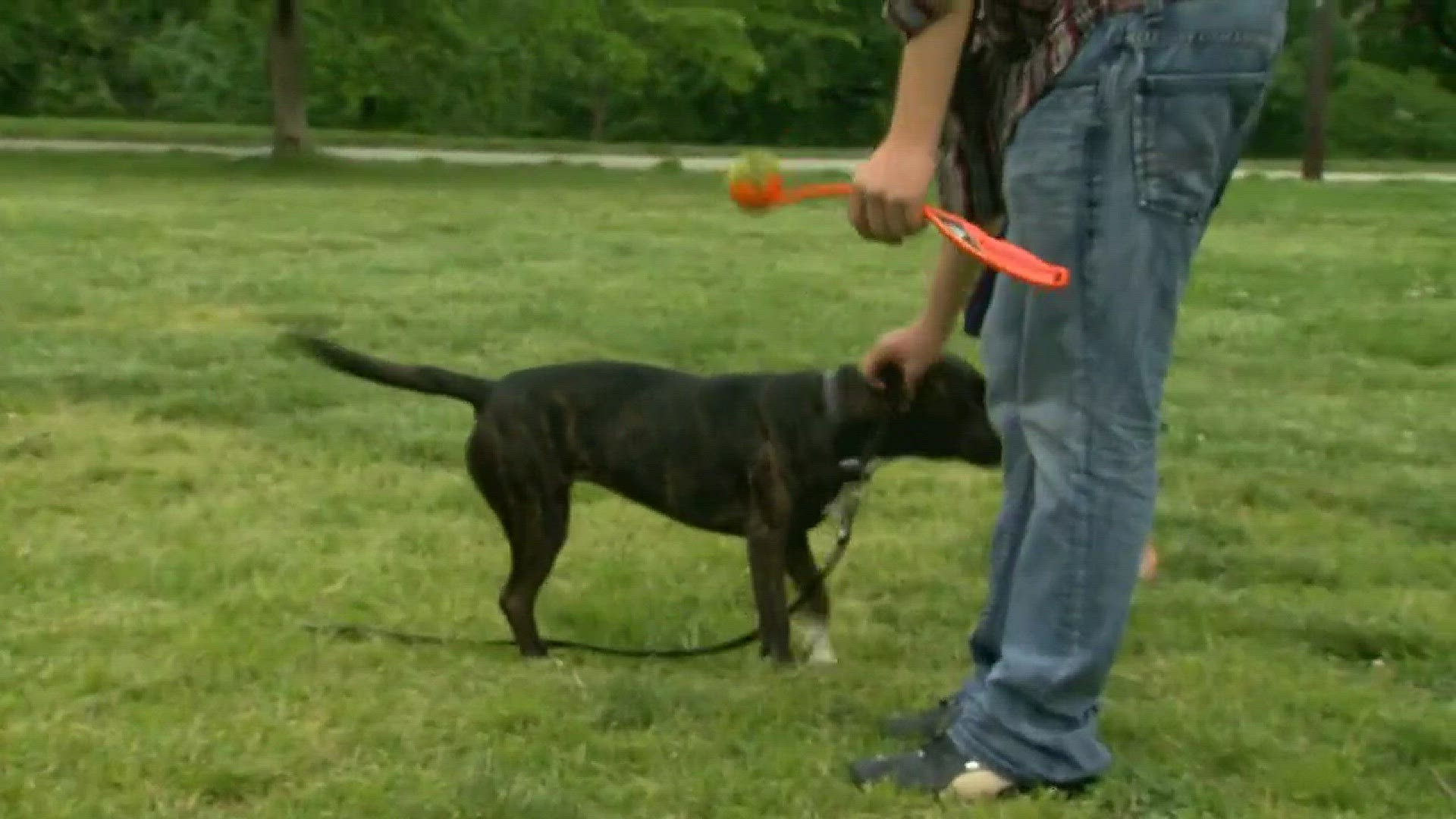Millions of Americans will flock outside Aug. 21 to gaze upward as the "Great American Eclipse" crosses the country. And they will all need eye protection.
That's because it's never safe to view the sun with the naked eye. The sun’s surface is so bright that if you stare at any portion of it, no matter how small, it produces enough light to permanently damage your retina.
Length of time doesn't matter either. Without proper eye protection, you can suffer “eclipse blindness” — a serious injury in which the eye’s retina is damaged by solar radiation — within seconds of starring at the sun, according to the American Optometric Association.
Most victims eventually recover their eyesight, but some suffer permanent loss of some or all of their vision.
Solar filters, special eclipse glasses or welder's goggles must be used to view the partial eclipse. Experts suggests that one widely available filter for safe solar viewing is number 14 welder's glass.
A partial eclipse will be visible everywhere across the nation as well as in the hours before and after a far shorter total eclipse, which will only be visible for 2-3 minutes along a 67-mile wide path from Oregon to South Carolina.
It is not safe to look at the uneclipsed or partially eclipsed sun through regular sunglasses, unfiltered telescopes or magnifiers or cameras, polarizing filters, CDs/DVDs or space blankets.
The only time it's ever safe to look at the sun is during a total eclipse, when the sun is completely behind the moon. However, holding binoculars or any other device while you're wearing your eclipse glasses or other eye protection can still cause injury because the concentrated solar rays damage the solar filter and enter your eye.
When the moon completely blocks the sun’s bright face for 2 or 3 minutes during the total eclipse, the otherwise hidden solar corona — the sun’s outer atmosphere — will become visible. Bright stars and planets will become visible as well.
"But you've got to be careful," said optometrist Myron Wasiuta. "Just before it's over, you'll see beads of light starting to form on the trailing edge. That's the sign that you need to avert your eyes. The sun can be bright enough to cause retinal damage."

If you buy eclipse glasses, be sure that they are made by one of the five companies the American Astronomical Society has certified as safe for use. The companies are American Paper Optics, the Baader Planetarium (in Germany), Rainbow Symphony, Thousand Oaks Optical, and TSE 17.
American Paper Optics of Bartlett, Tenn., hoped to produce 100 million pairs of glasses, president John Jerit said last month, but may fall short of that goal. The company usually employs about 35 people but nearly 80 work there now.
Another tried-and-true method is with an old-school, home-made pinhole camera. Here's how to make one:


